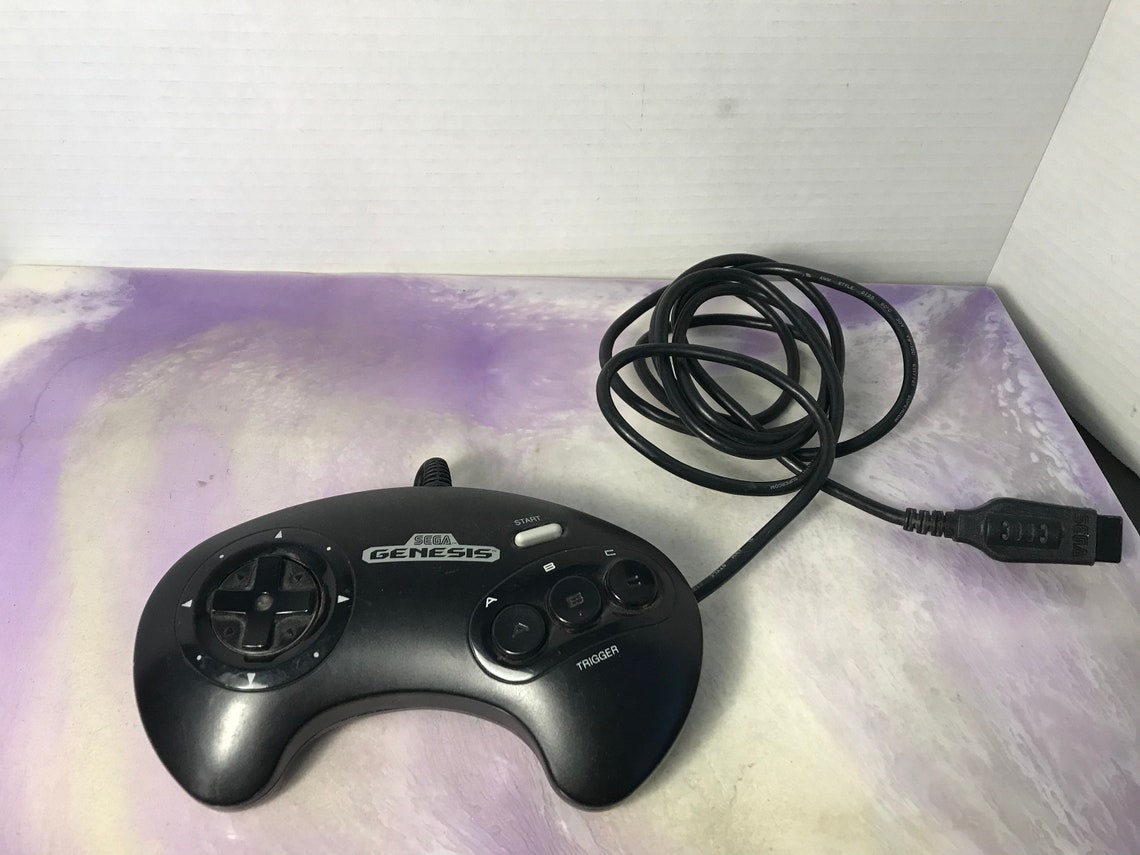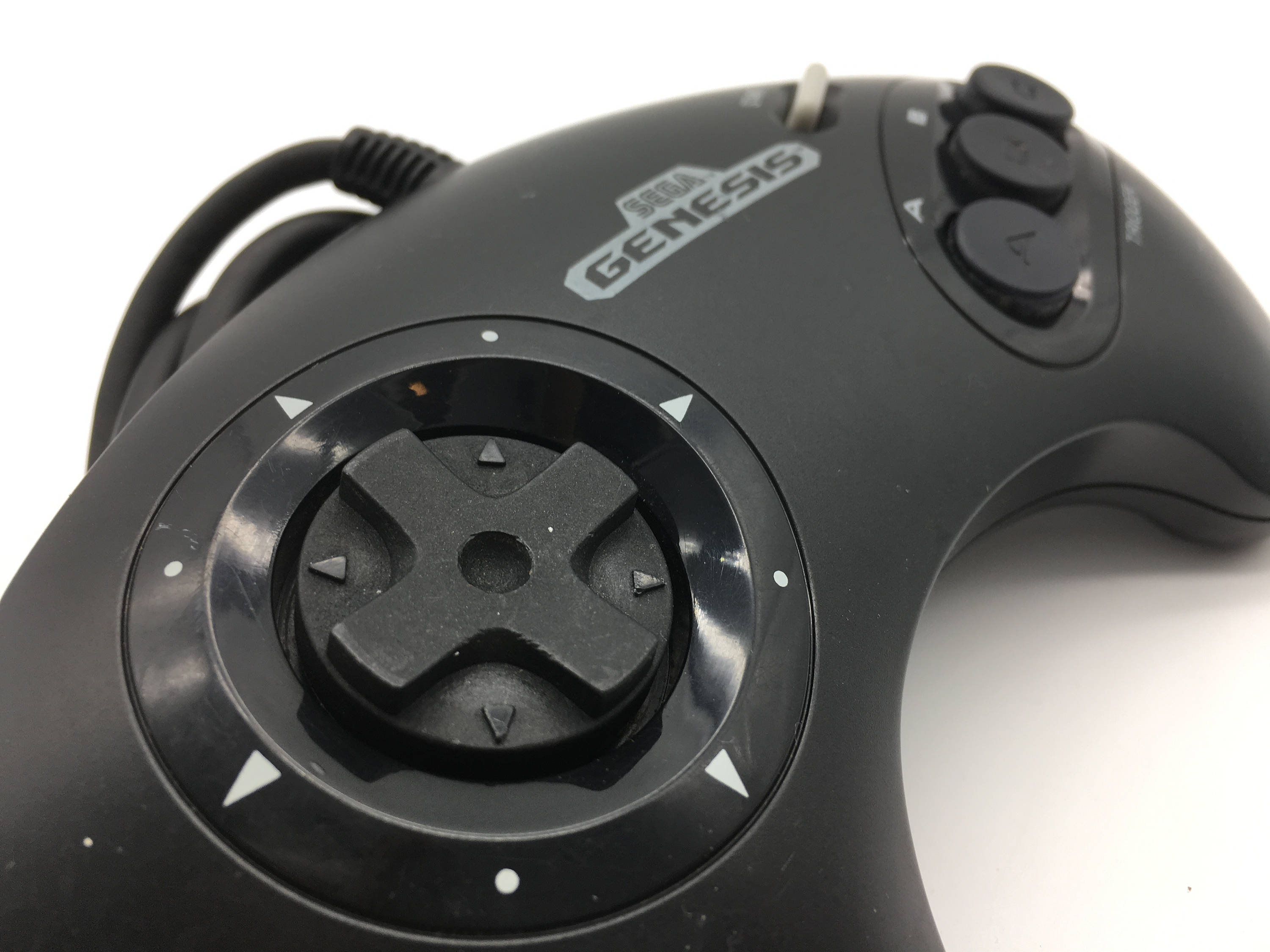

While the SNES controller lacked grips or even the visual illusion of them, it was rounded at the edges all the way around, and your fingers had something to do up top thanks to the L and R buttons up there. Your palm might rest against them a little bit, but you weren’t going to fully rest your hand nor grip the protrusions with it. Calling them “grips” isn’t quite accurate, though: that’s what those protruding bits would turn into eventually on other controllers, sure, but for the Genesis, they were just kind of there. The Genesis controller has some curves, around the top edges and in little grips on the bottom.

It’s just kind of inexplicable in that regard and some others, for a number of reasons we’ll get into.įor the fourth generation of consoles, it seems like Sega was hoping to make a controller with a bit more comfort in mind than the more rectangular pads of the previous generation (a group that included Sega’s own rectangular Master System pad). It’s exceptionally large for the minimal number of buttons on the thing - you’ve got A, B, and C face buttons, a directional pad that is designed to make going in eight directions a little easier to do, and a Start button. The standard Sega Genesis controller isn’t a bad gamepad.


 0 kommentar(er)
0 kommentar(er)
